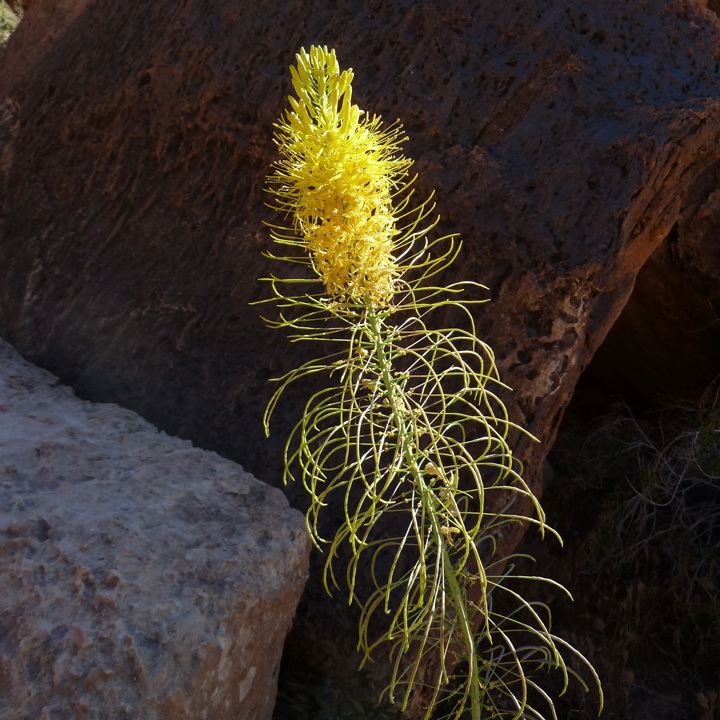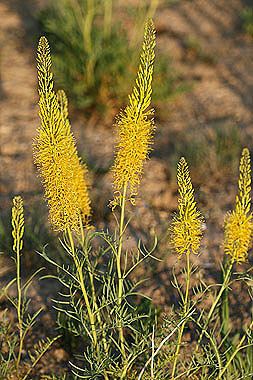Genus Stanleya Rank Species | ||
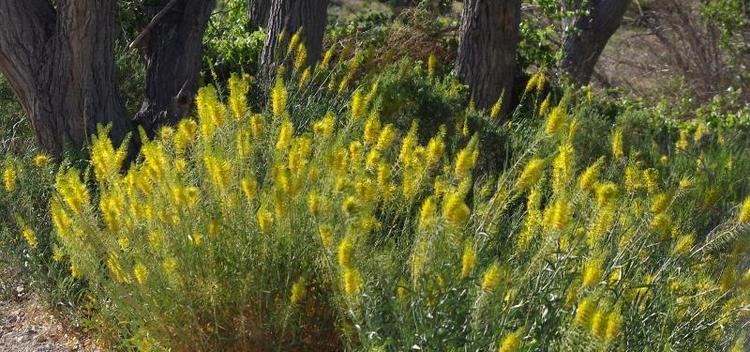 | ||
Similar Stanleya, Astragalus bisulcatus, Spondias pinnata, Penstemon palmeri, Oenothera caespitosa | ||
Stanleya pinnata is a species of flowering plant in the mustard family known by the common name desert princesplume.
Contents
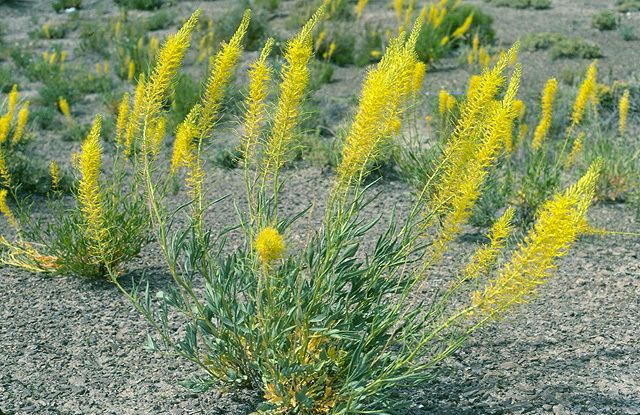
Distribution
The plant is native to the western Great Plains and the Western United States.
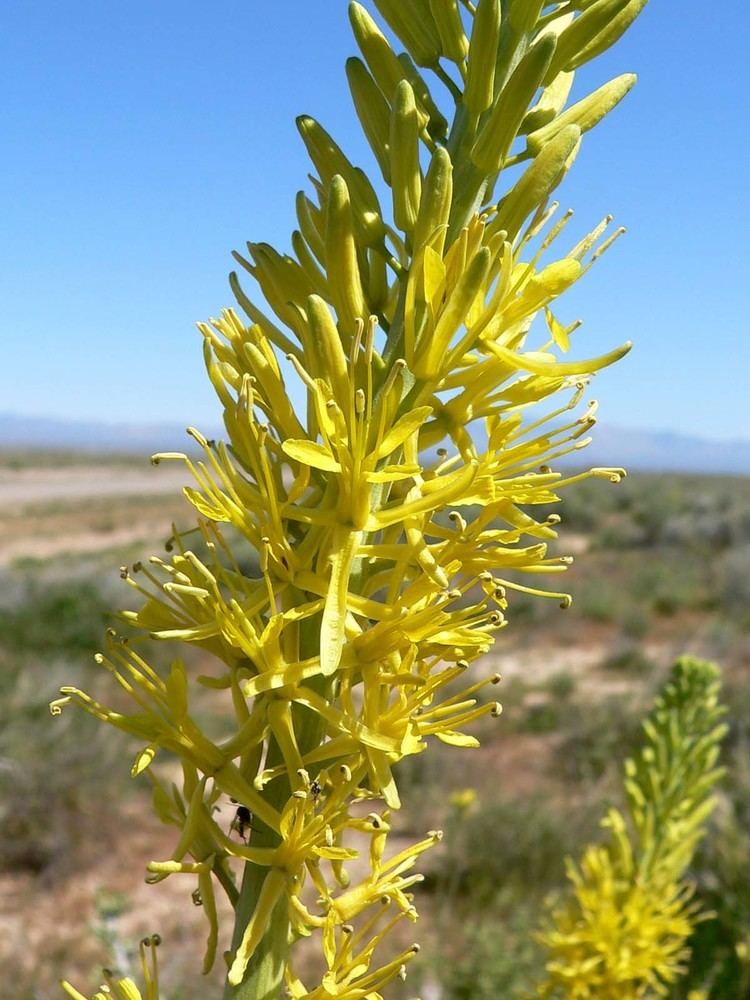
It occurs in many types of open habitat, including deserts, chaparral, foothills, rocky cliffs, sagebrush, and prairie. It prefers alkali- and gypsum-rich soils.
Description
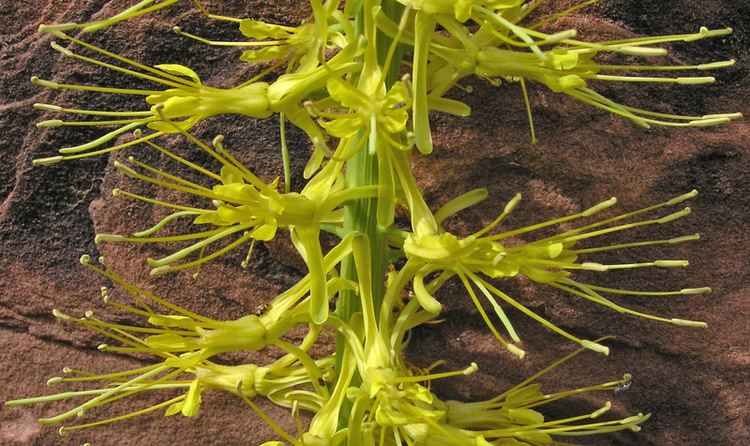
Stanleya pinnata is a perennial herb or shrub producing several erect stems reaching up to about 1.5 metres (4.9 ft) in maximum height. The stems are hairless, often waxy in texture, and have woody bases. The leaves have fleshy blades up to 15 centimeters long by 5 wide which are divided into several long, narrow lobes. The blades are borne on petioles.
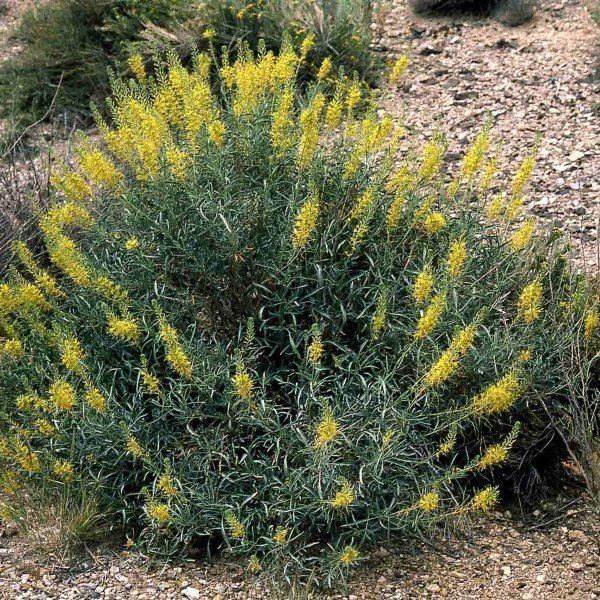
The top of the stem is occupied by a long inflorescence which is a dense raceme of many flowers. Each flower has narrow yellowish sepals which open to reveal four bright yellow petals each up to 2 centimeters long. The stamens protruding from the flower's center may approach 3 centimeters in length.
The fruit is a curving, wormlike silique up to 8 centimeters long.
Uses
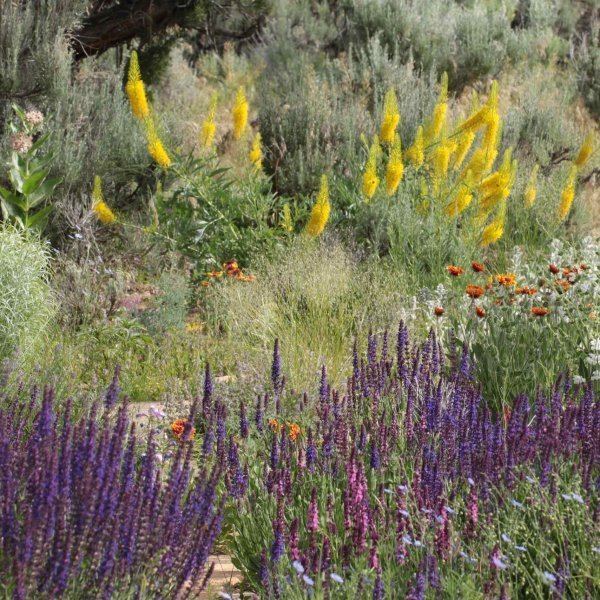
It was used as a Native American traditional medicinal plant and food source, including by the Hopi, Zuni, Paiute, Navajo, Kawaiisu, and Tewa peoples.
